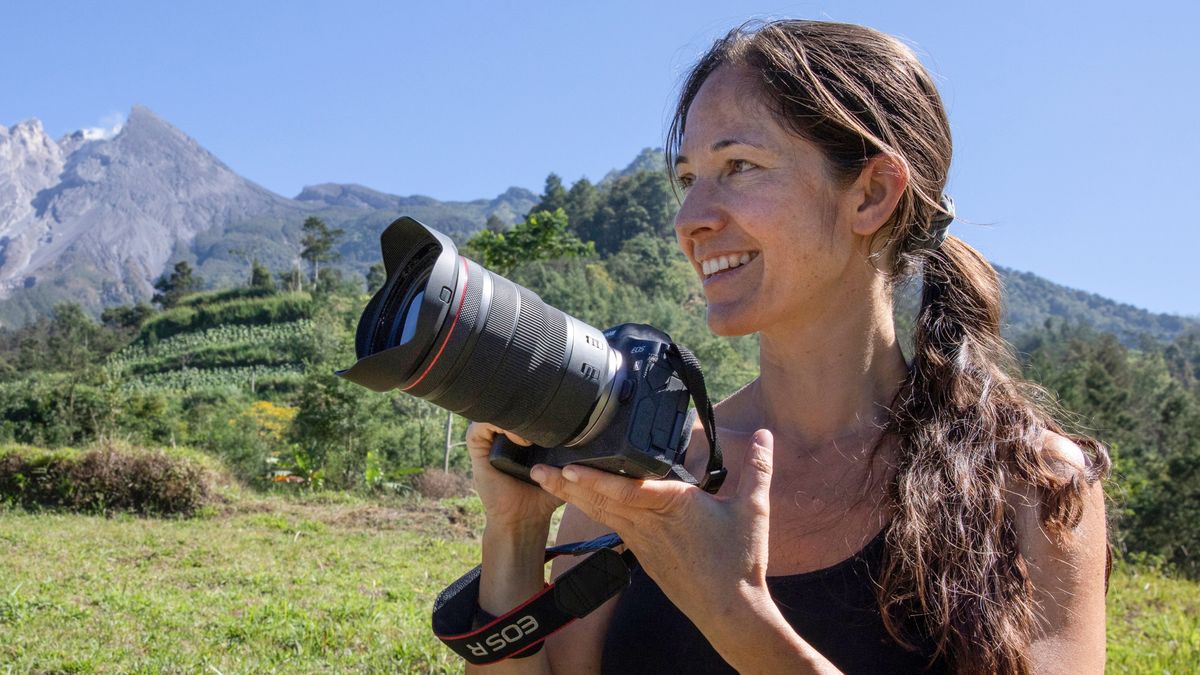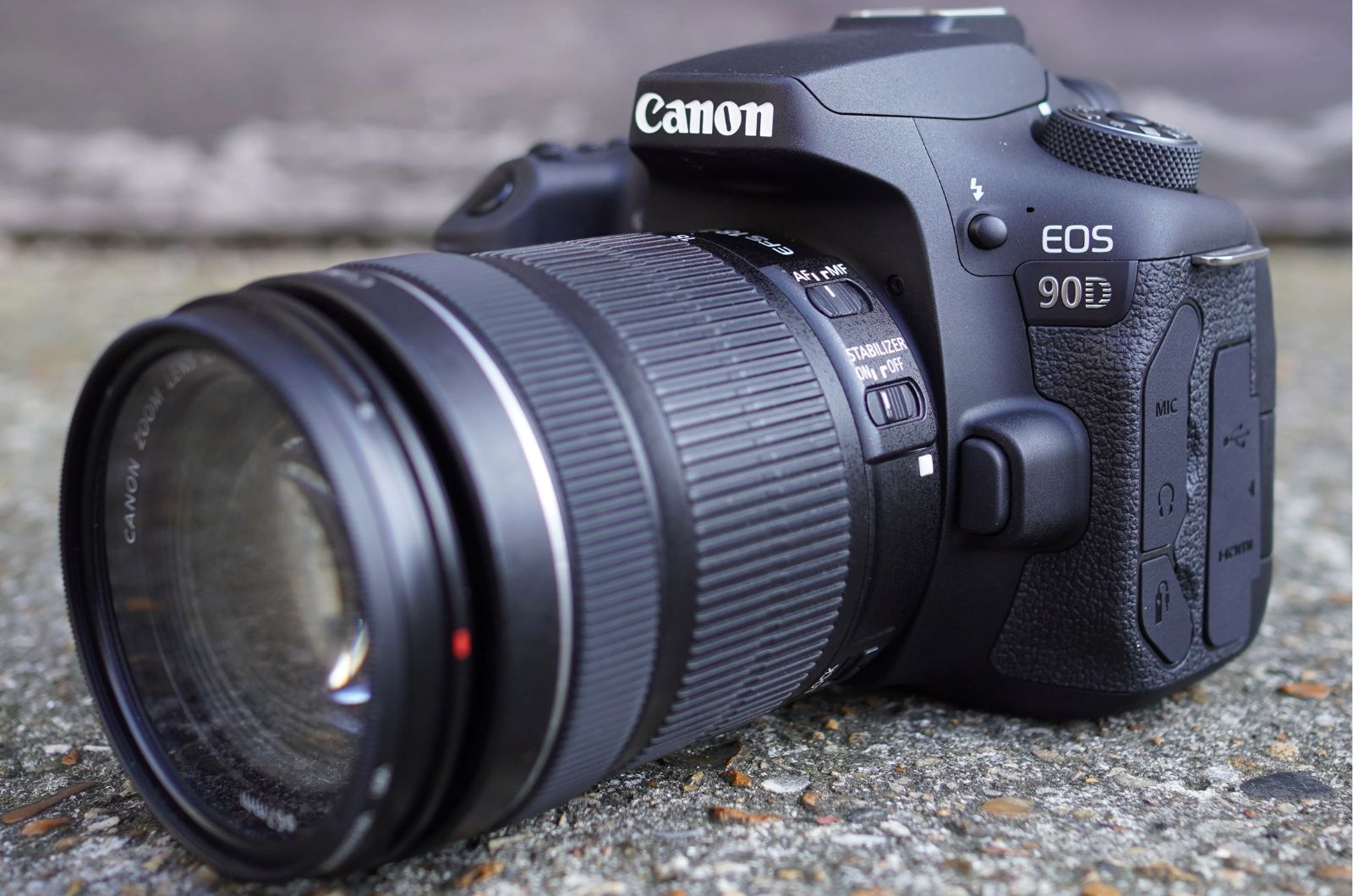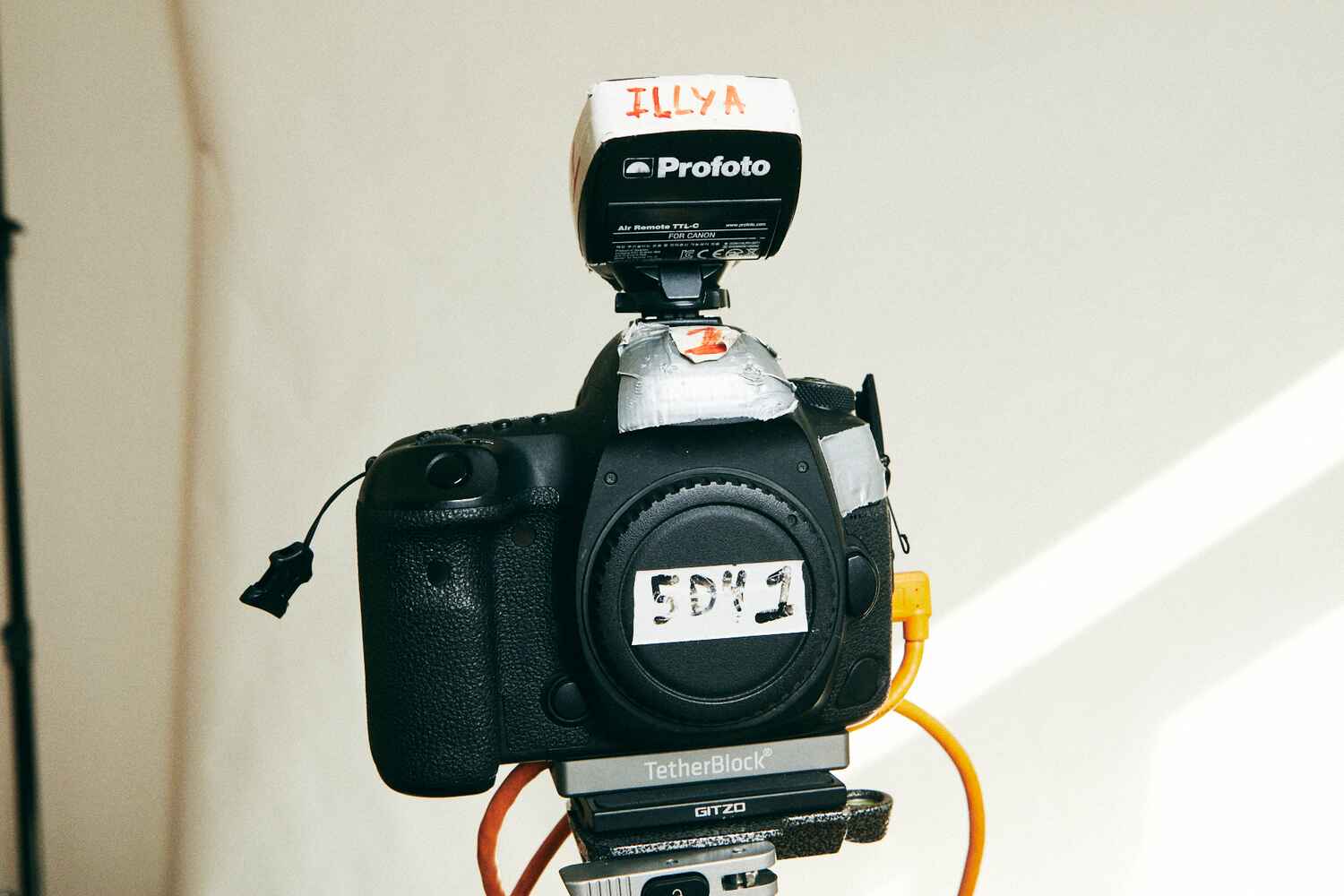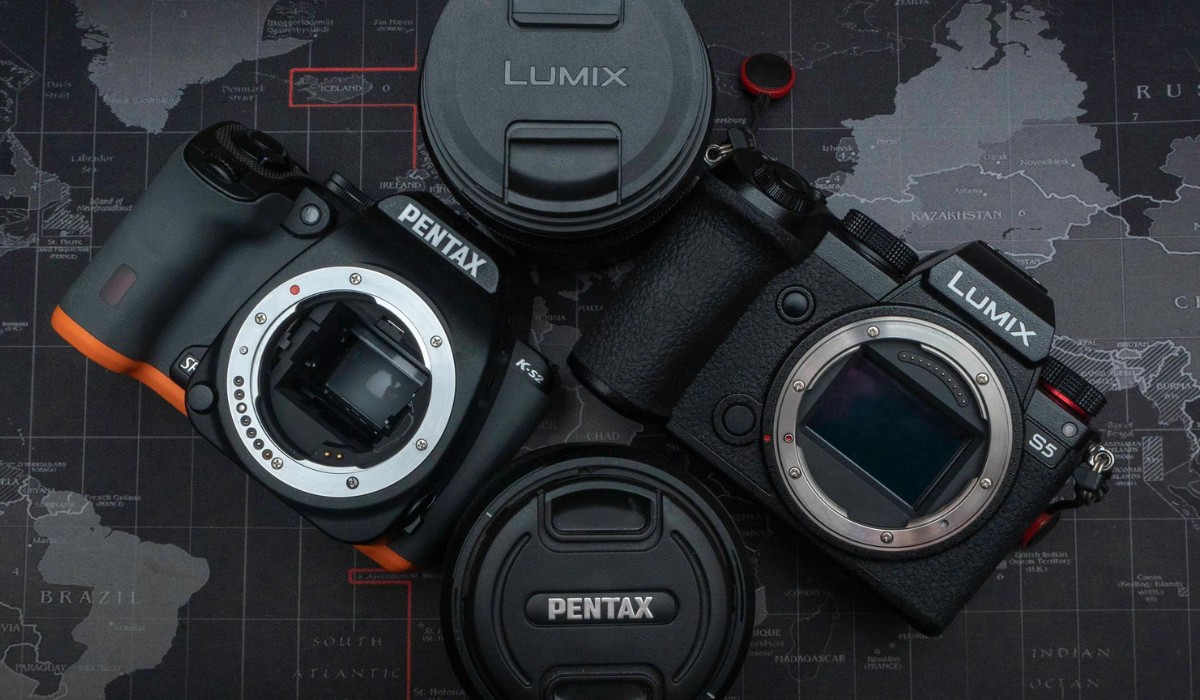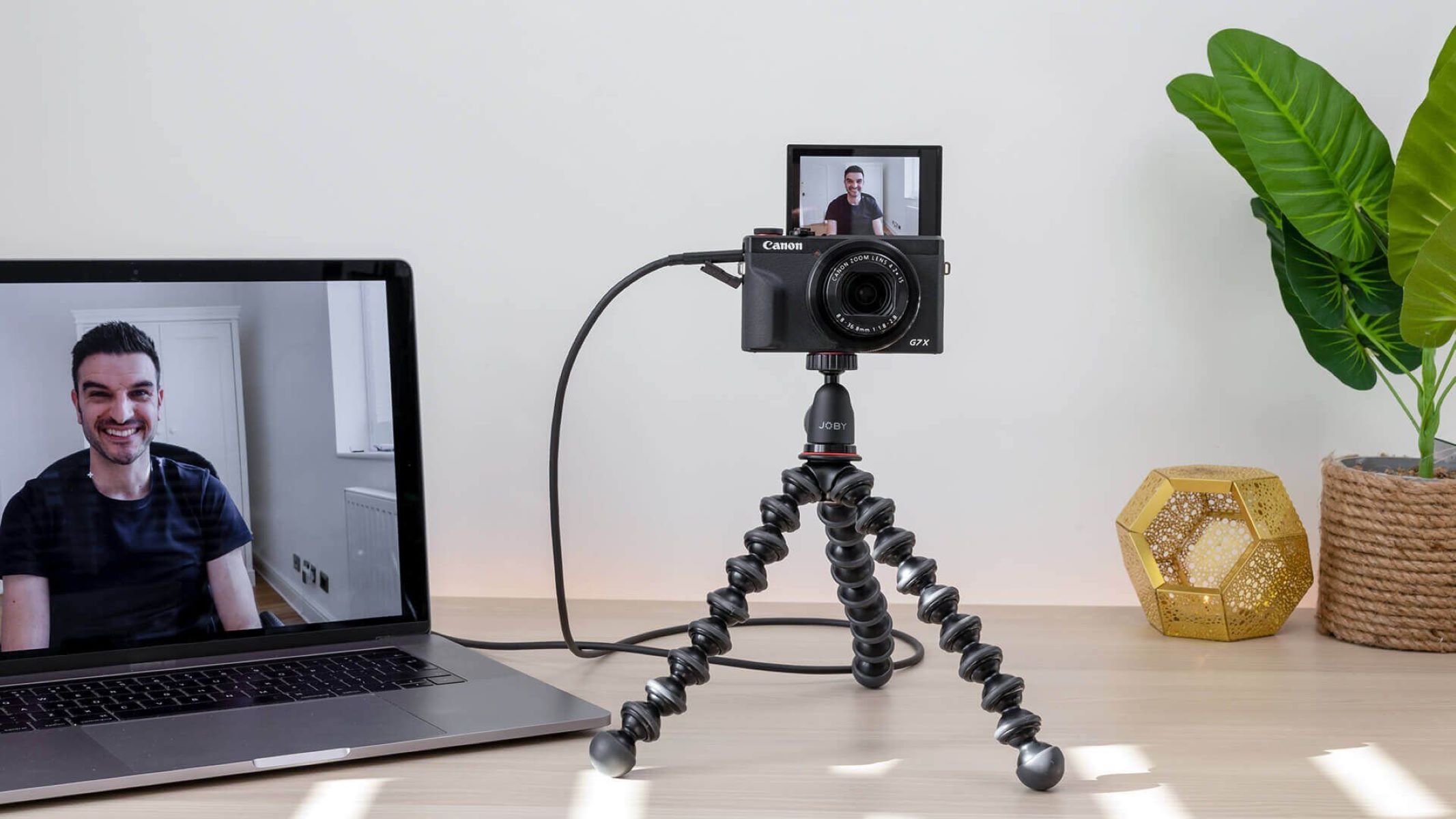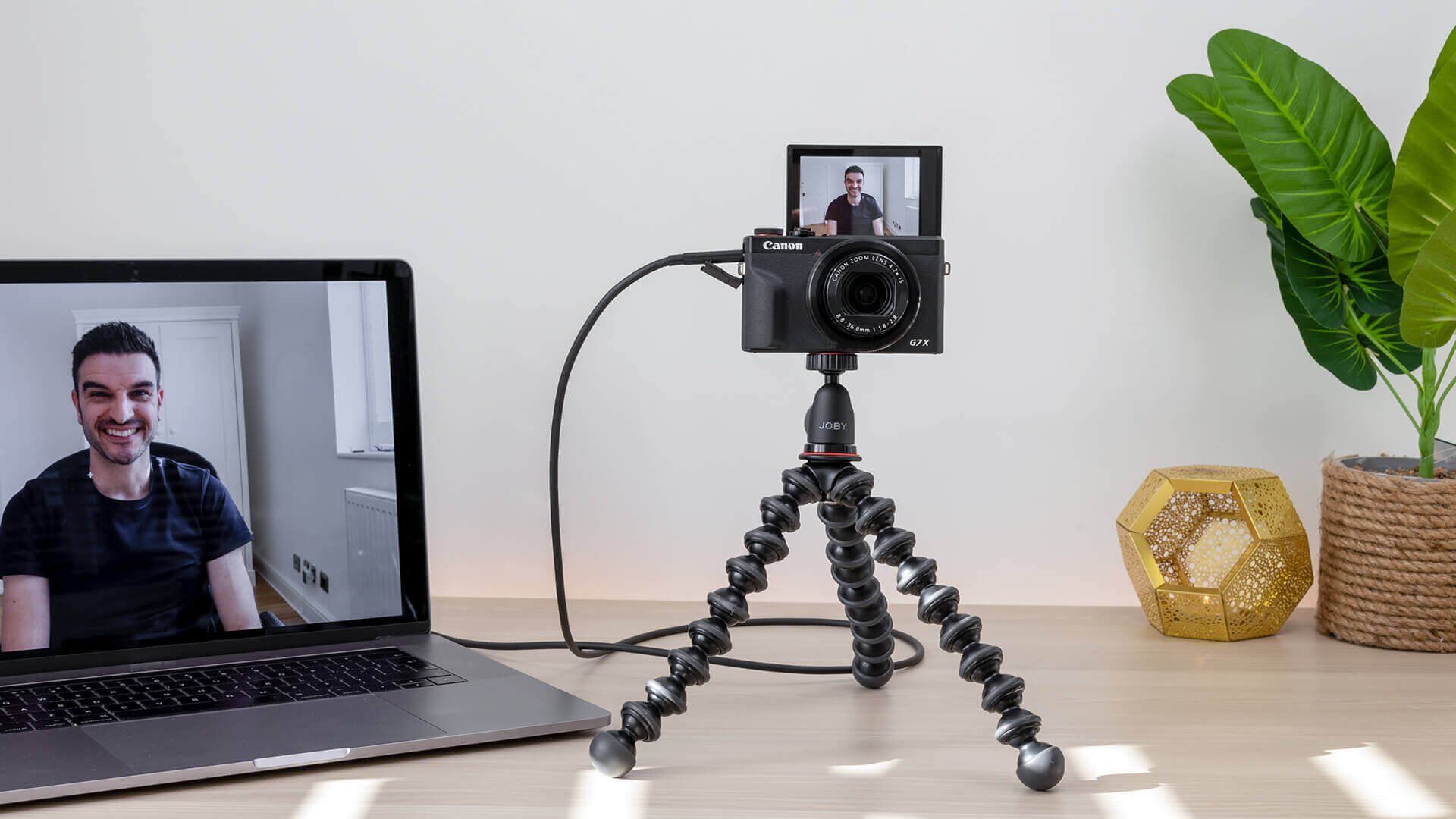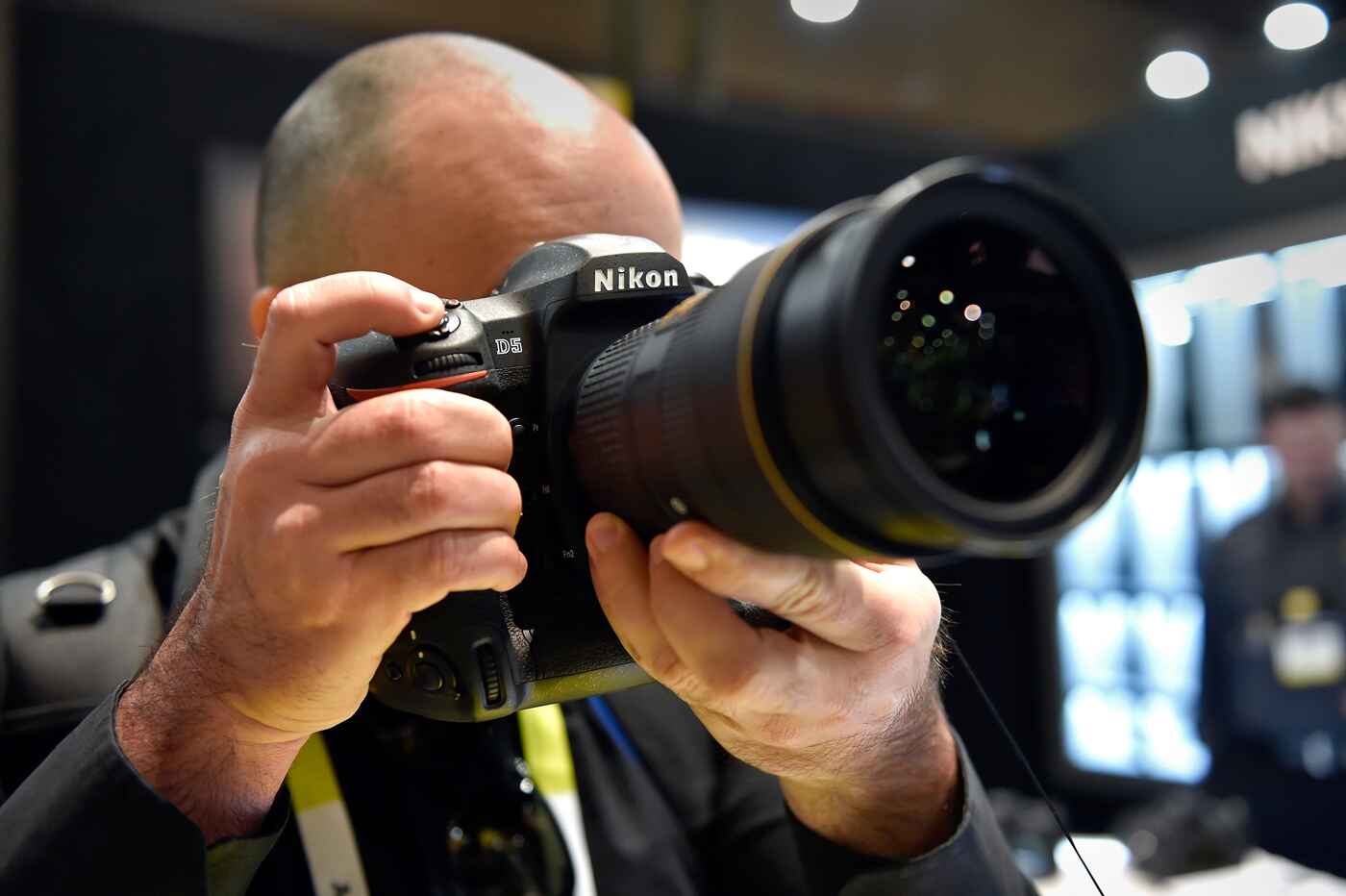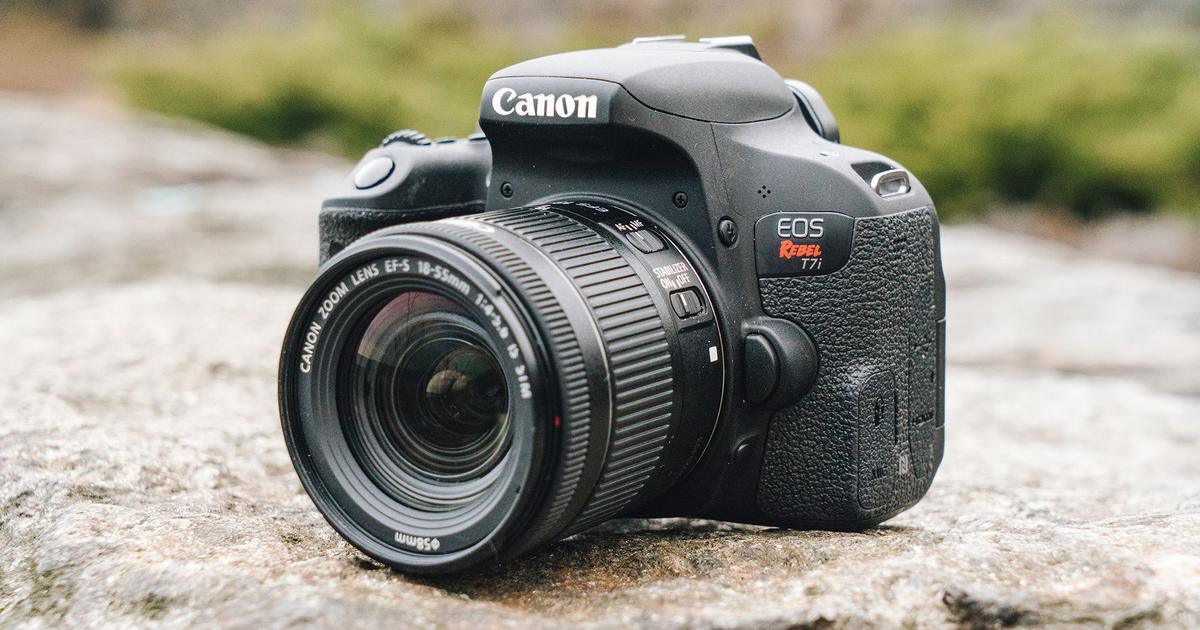Introduction
Welcome to the world of photography, where the choice of equipment can significantly impact the quality of your images. In the realm of digital single-lens reflex (DSLR) cameras, the full frame option stands out as a top-tier choice for professional and enthusiast photographers alike. Understanding the nuances of full frame DSLR cameras can empower you to make informed decisions when selecting the ideal tool for your photographic endeavors.
As technology continues to advance, the photography landscape has evolved, offering a diverse array of camera options to suit various needs and preferences. Amidst this diversity, the full frame DSLR camera holds a prominent position, characterized by its larger image sensor and superior capabilities. Exploring the features, advantages, and potential drawbacks of this camera type can provide valuable insights for both seasoned photographers and those venturing into the captivating world of DSLR photography.
Whether you are a professional seeking uncompromising image quality or an enthusiast eager to elevate your photography skills, delving into the realm of full frame DSLR cameras can open up a world of creative possibilities. Let’s embark on a journey to uncover the essence of full frame DSLR cameras, highlighting their unique attributes, benefits, and considerations for aspiring and seasoned photographers alike.
What is a Full Frame DSLR Camera?
A full frame DSLR camera is a powerful imaging tool that features a sensor size equivalent to traditional 35mm film. This sensor size, typically measuring 36mm x 24mm, sets full frame DSLRs apart from their counterparts with smaller sensors, such as APS-C or Micro Four Thirds cameras. The larger sensor dimensions enable full frame DSLR cameras to capture a wider field of view and produce images with exceptional clarity, dynamic range, and low-light performance.
One of the defining characteristics of a full frame DSLR camera is its ability to deliver stunning image quality, making it a preferred choice for professional photographers and enthusiasts who prioritize uncompromising results. The larger sensor size allows for greater light-gathering capability, resulting in images with minimal noise and remarkable detail, particularly in challenging lighting conditions.
Full frame DSLR cameras also offer a shallower depth of field, allowing photographers to create captivating portraits with beautifully blurred backgrounds, emphasizing the subject with striking visual impact. This feature is highly sought after in genres such as portrait, wedding, and fashion photography, where achieving exquisite bokeh and subject isolation is paramount.
Furthermore, the expansive field of view provided by full frame DSLR cameras makes them well-suited for landscape, architectural, and documentary photography, enabling photographers to capture sweeping vistas and intricate details with exceptional clarity and precision.
Understanding the fundamental attributes of a full frame DSLR camera, including its sensor size, image quality, and creative capabilities, is essential for photographers seeking to harness the full potential of this advanced imaging technology. By embracing the unique characteristics of full frame DSLR cameras, photographers can elevate their craft and capture awe-inspiring images that resonate with viewers on a profound level.
Advantages of Full Frame DSLR Cameras
Full frame DSLR cameras offer a multitude of advantages that cater to the discerning needs of professional photographers and enthusiasts striving for unparalleled image quality and creative expression. Understanding these advantages is crucial for individuals seeking to harness the full potential of this advanced imaging technology.
- Superior Image Quality: The larger sensor size of full frame DSLR cameras facilitates exceptional image quality, characterized by impressive detail, dynamic range, and low-light performance. This results in images with remarkable clarity and minimal noise, even in challenging lighting conditions.
- Enhanced Low-Light Performance: The larger pixels on a full frame sensor enable superior light sensitivity, allowing photographers to capture stunning images in low-light environments with minimal noise and impressive clarity. This is particularly advantageous for night photography, event coverage, and indoor shooting scenarios.
- Shallower Depth of Field: Full frame DSLR cameras produce a shallower depth of field, allowing photographers to create captivating portraits with beautifully blurred backgrounds. This feature enhances subject isolation and visual impact, making it ideal for portrait, fashion, and artistic photography.
- Expansive Field of View: With a wider field of view, full frame DSLR cameras excel in capturing expansive landscapes, architectural marvels, and immersive scenes with exceptional clarity and detail. This makes them a preferred choice for landscape, travel, and documentary photographers.
- Compatibility with Wide-Angle Lenses: Full frame DSLR cameras are well-suited for wide-angle photography, as they provide a true representation of the lens’s focal length. This enables photographers to utilize wide-angle lenses to capture sweeping vistas and immersive perspectives with precision and accuracy.
- Professional-Grade Build and Features: Full frame DSLR cameras are often equipped with robust construction, weather-sealing, and advanced features tailored to meet the demanding requirements of professional photographers. These cameras offer a comprehensive array of manual controls, customization options, and rugged build quality, ensuring reliability in diverse shooting conditions.
By harnessing these advantages, photographers can elevate their creative vision and produce images that exude unparalleled quality, depth, and visual impact. The inherent capabilities of full frame DSLR cameras empower photographers to explore new horizons and capture moments with exceptional artistry and precision.
Disadvantages of Full Frame DSLR Cameras
While full frame DSLR cameras offer a plethora of advantages, it is important to acknowledge their potential limitations, providing a comprehensive understanding for photographers considering this advanced imaging technology.
- Cost Considerations: Full frame DSLR cameras are often priced at a premium compared to cameras with smaller sensor sizes. The initial investment required to procure a full frame system, including compatible lenses and accessories, can pose a significant financial commitment for photographers, especially those entering the professional realm.
- Weight and Bulk: Due to the larger sensor and robust construction, full frame DSLR cameras tend to be heavier and bulkier than their APS-C or Micro Four Thirds counterparts. This can be a crucial factor for photographers who prioritize portability and lightweight gear, particularly when embarking on travel or outdoor photography expeditions.
- Limited Lens Options: While full frame DSLR cameras offer compatibility with a wide range of lenses, including professional-grade optics, the availability of specialized lenses, such as compact and lightweight options, may be relatively limited compared to cameras with smaller sensor formats. This can impact the versatility and convenience of lens selection for certain shooting scenarios.
- Battery Life: The larger sensor size and advanced features of full frame DSLR cameras can contribute to higher power consumption, resulting in comparatively shorter battery life during prolonged shooting sessions. This necessitates carrying additional batteries or power management strategies to ensure uninterrupted photography sessions, especially in remote or demanding environments.
- Continuous Shooting Speed: In some cases, full frame DSLR cameras may exhibit slightly lower continuous shooting speeds compared to cameras with smaller sensor sizes. While this variance may not be a critical concern for many photographers, those specializing in fast-paced action, sports, or wildlife photography may find the difference noteworthy in certain shooting scenarios.
- Video Autofocus Performance: Although full frame DSLR cameras excel in still photography, their autofocus performance during video recording may not match the capabilities of certain mirrorless or hybrid cameras. For videographers requiring advanced autofocus tracking and smooth transitioning, especially in dynamic filming situations, this aspect warrants consideration.
By acknowledging these potential disadvantages, photographers can make informed decisions regarding the suitability of full frame DSLR cameras for their specific photographic needs and shooting preferences. Understanding the intricacies of these limitations empowers photographers to weigh the trade-offs and make strategic choices aligned with their creative vision and practical requirements.
Who Should Consider Using a Full Frame DSLR Camera?
Full frame DSLR cameras are ideally suited for photographers who prioritize uncompromising image quality, creative versatility, and professional-grade performance. This advanced imaging technology is particularly well-suited for individuals and professionals engaged in various genres of photography, each benefiting from the unique attributes of full frame DSLR cameras.
- Professional Photographers: Seasoned professionals, including commercial, portrait, wedding, and landscape photographers, can leverage the exceptional image quality and creative control offered by full frame DSLR cameras to consistently deliver stunning visual narratives and compelling imagery that meets the exacting standards of clients and publications.
- Enthusiasts and Advanced Amateurs: Photography enthusiasts seeking to elevate their craft and delve into the realm of professional-quality imagery can find immense value in full frame DSLR cameras. The superior image quality, dynamic range, and creative potential of these cameras empower enthusiasts to explore diverse genres and express their artistic vision with unparalleled clarity and depth.
- Low-Light and Night Photographers: Photographers specializing in low-light photography, astrophotography, and nightscapes can harness the exceptional low-light performance of full frame DSLR cameras to capture mesmerizing scenes with minimal noise and remarkable detail, unveiling the captivating beauty of nocturnal landscapes and celestial wonders.
- Portrait and Fashion Photographers: Professionals and artists engaged in portrait, fashion, and editorial photography can utilize the shallower depth of field and exceptional bokeh capabilities of full frame DSLR cameras to create visually striking and emotionally compelling imagery, accentuating the allure and individuality of their subjects with exquisite precision.
- Landscape and Architectural Photographers: The expansive field of view and exceptional detail retention of full frame DSLR cameras make them an ideal choice for landscape, architectural, and documentary photographers. These cameras enable the seamless capture of sweeping vistas, intricate details, and immersive scenes with unparalleled clarity and visual impact.
- Studio and Commercial Photographers: Professionals working in studio environments and commercial photography settings can benefit from the superior image quality, precise color rendition, and robust build of full frame DSLR cameras, ensuring the delivery of high-fidelity imagery that meets the exacting demands of commercial clients and advertising campaigns.
By considering the specific needs, creative aspirations, and professional requirements of these diverse photographic disciplines, individuals can determine whether a full frame DSLR camera aligns with their vision and objectives, enabling them to embark on a transformative journey of visual storytelling and artistic expression.
Conclusion
Exploring the realm of full frame DSLR cameras unveils a world of creative possibilities and technical excellence, catering to the diverse needs and aspirations of photographers across various disciplines. The inherent advantages of full frame DSLR cameras, including exceptional image quality, low-light performance, and creative versatility, position them as indispensable tools for professionals and enthusiasts seeking to elevate their craft and articulate their visual narratives with unparalleled precision and impact.
While acknowledging the potential limitations of full frame DSLR cameras, such as cost considerations and weight factors, provides a comprehensive understanding for photographers, it is evident that the benefits far outweigh the drawbacks for many individuals. The unique attributes of full frame DSLR cameras make them an ideal choice for professionals engaged in commercial, portrait, and landscape photography, as well as enthusiasts eager to delve into the realm of professional-grade imaging.
Ultimately, the decision to embrace a full frame DSLR camera hinges on a photographer’s specific needs, creative vision, and professional aspirations. By carefully evaluating the advantages and considerations associated with full frame DSLR cameras, individuals can make informed choices that align with their photographic journey, empowering them to capture moments with unparalleled artistry, technical precision, and emotional resonance.
As the photography landscape continues to evolve, full frame DSLR cameras stand as enduring pillars of technical excellence and creative empowerment, shaping the visual narratives of photographers and captivating audiences with imagery that transcends the boundaries of perception and storytelling.







